When it comes to Adventure and Food, Malaysia offers a breathtaking smorgasbord of some of the most exhilarating experiences that one can indulge in, for sure. Here are 10 things you should consider doing in Malaysia should you ever visit, this gorgeous country.
1. Shop on KL’s most famous street.. Petaling Street, a.k.a. China town.
Ask anyone who’s been to Malaysia about Petaling Street and they will cite it as a shopper’s haven, albeit in a different league when compared to its more glamorous counterparts, Pavilion on Bukit Bintang and Suria Shopping Center at KLCC. A well-known shopping district, the whole area transforms into a lively and vibrant night market after dark, with hundreds of stalls selling all kinds of stuff at dirt-cheap prices, making it the most happening night market in the city.
Take me to China-town.. the pulse of the city
people shopping at all hours of the day
2. Eat your heart out in China town.
Best Flat Noodles ever, at China Town, known as the Chee Cheong Fun
Greasy, spicy-sweet and shrimpy in flavour
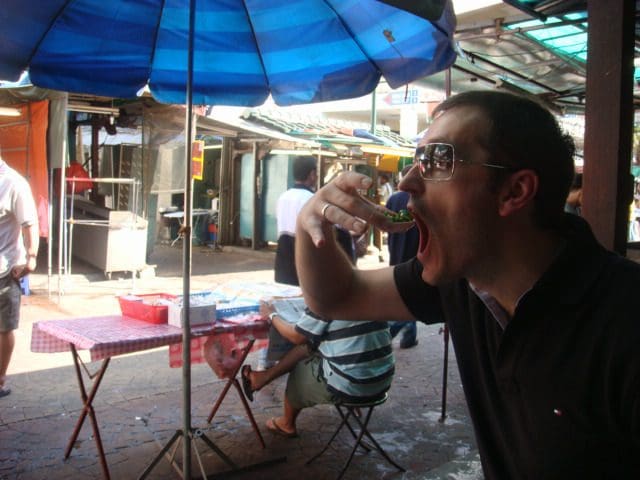
Plenty of good food to chose from..

Plump greasy noodles with massive hunks of barbecued pork meat (known as Charsiew Wantan Mee)
Buy fresh meat at the Petaling street Market
3. Marvel at the Petronas Twin Towers.

The Petronas Twin Towers in Kuala Lumpur were the world’s tallest buildings from 1998 to 2004, when their height was surpassed by Taipei 101. From 2001, the towers remain the tallest twin buildings in the world. Designed by Argentine architects César Pelli and Djay Cerico under the consultancy of Julius Gold, the Petronas Towers were completed in 1998 after a seven year build and is a gorgeous structure that we Malaysians are super proud of it!
4. Have an exciting, vibrant meal on Jalan Alor, and experience the heartbeat of Kuala Lumpur
“Where is your license?” .. Close down his shop, we are going to the police station!
Such is life on the notorious Jalan Alor (Alor Street). I guess the moral of the story is, make a legit living, or suffer the consequences. The cops here watch everything like hawks – no one is spared!
In a city where “feed the stomach first, then talk.. ” is an honoured motto, we often find that the best eating isn’t in the air-conditioned restaurants. Some of the most exciting eating experiences can be found on the streets and Jalan Alor is no exception to that rule. Formerly known as the Red light district of KL, you will notice enough “Good Morning towels” hanging in the back-lanes of the unscrupulous General Practitioner’s clinics. Don’t ask me what it is used for.. (use your imagination)! The area has since undergone a number of face-lifts, and the hosts now cater more to delight the gastronomical whims and fancies of its patrons. The stalls are parked all along the street. It is quite an overwhelming experience for the first timers, who may have some difficulty on deciding where to eat. Jalan Alor is one short walk away from the shopper’s paradise of the Bukit Bintang Walk and its many malls and plazas.
5. Visit the Limestone Caves and the Hindu temples at Batu Caves.
You know, just the other day, I met a couple who were passing through Malaysia en route Vietnam for their annual vacation. They had never seen lime stone hills before. Wow, just imagine that, traveling for more than 20 hours just to get to Halong Bay. This is the UNESCO World Heritage site located in Quảng Ninh province, Vietnam and features thousands of limestone karsts and isles in various sizes and shapes. I have to say though, we in Malaysia are damn lucky. We have these in our backyard. No kidding. Ipoh has limestone hills whose beauty is so magnificent that they make you catch your breath when you look upon them in the wee hours of the morning as sunlight breaks over the Kinta Valley. Even closer to home for me, are the Batu Caves. Batu Caves are situated thirteen kilometers north of the capital city Kuala Lumpur. They are the sacred place for the Hindu’s in Malaysia.
Batu Caves
They consist of three main caves and a number of smaller ones. These limestone caves are 400 meters long and 100 meters high. They were discovered in 1892. It takes its name from the Sungai Batu or Batu River, which flows past the hill. The cave is one of the most popular Hindu shrines outside India, dedicated to Lord Murugan. It is the focal point of Hindu festival of Thaipusam in Malaysia. For extreme sports and adventure enthusiasts there are also several different sites for rock-climbing these limestone hills. I have tried it myself and outdoor climbing is indeed awesome. If you ask me, it is actually a lot easier than indoor gym climbing because you have natural ledges to stop and rest at on your climb up. Sometimes you see a bird’s nest or two. The limestone surface is also a lot easier on the hands and fingers than harder rock. Also, climbing is free- there is no gym charge!
Batu Caves main shrine from under the flyover
6. Have one of the best Chinese Meals ever, out by the Batu Caves at one of Malaysia’s legendary restaurants.. Pan Heong.
Aside form the wonderful Batu Caves, religious celebrations and rock climbing, there’s also another reason why people in KL/PJ bother to make a ‘holy’ pilgrimage to that part of town. Pang Heong is the restaurant that is synonymous with good food and great “Sang Har Kwey Teow” (Chinese style fried flat noodles with fresh as hell, river prawns) . That’s right folks. Make no mistake, this is where the hungry, the discerning, the foreign tongue and the local tongue converge for a gastronomic chow down of a life-time. Looking at the hypnotic, myriad colors of the Sang Har Kwey Teow makes one feel like one is tripping on acid but only difference is, you still have your appetite. That’s a good thing too because you need to be ravenous to fully do the following meal justice.
Sang Har Kwey Teow – RM57.00 per plate
The piece de resistance here is of course, the Sang Har Kwey Teow. The orange roe in the head of the prawn just seeps and infuses into the eggy liquid sauce of the noodles and becomes ONE. The taste is phenomenal. The feeling is rapturous. The amazing way that the tautness of the prawn flesh blends into the springiness of the flat noodles is like these two components were just made for each other.
7. Visit the Penan Tribe
Take a trip out to explore one of the few remaining unprotected areas in Sarawak that have not been logged. Live with and learn about Borneo’s most fascinating, secretive and least understood tribes, the Penan. The Penan are an ethnic group of Borneo. Out of the 10,000 Penan it is estimated that only 200 are still living their traditional nomadic hunter-gatherer existence in Malaysian state of Sarawak, Borneo.

They are the Stewards of the rain forest. A title encapsulated by the concept of ‘molong’ which defines both a conservation ethic and a notion of resource ownership. To “molong” a resource is to harvest it with care, insuring that it will regenerate. Whenever the Penan molong a tree they place a sign on it, a marker or machete cut. It denotes ownership and a public statement that the natural product is to be preserved for harvesting at a later time. These rights are passed down through the generations. Similar to a private property sign that reads “please share wisely” rather than “no trespassing”.
8. Go for a Mulu Adventure.

In Borneo, deep in Sarawak’s Gunung Mulu National Park, lie the most spectacular caves on earth. Over millennia, the flow of water draining from the slopes of G.Mulu towards the sea has cut deep gorges through the Park’s limestone mountains and, within the rock itself, a complex network of vast caves has been formed. Mulu is basically, Malaysia’s adventure capital. Challenging jungle hikes, magnificent World Heritage caves, the ‘Pinnacles’, homestays in longhouses with native tribes and all set in the prettiest of tropical jungle landscape. Mulu is teeming with adventure and you can even choose to mountain bike, swim or raft the rivers, climb the ‘Pinnacles’ or Mount Mulu, hike the once feared ‘Head hunter’s trail’, burrow deeply in adventure caves, search out wildlife.. yet do it all at a leisurely pace.

9. Climb Mount Murud , the highest sandstone mountain in Sarawak.

The Kelabit highlands is one of Sarawak’s last unspoiled regions with beautiful flora and a cool refreshing climate. The first person to have successfully climbed to the summit is a Swedish Zoologist and Ethnographer, Eric Mjöherg, in 1922 after several failed attempts a few years earlier by J.C. Moulton who was a curator of the Sarawak Museum then. Mjöherg was astounded by the many species of plants especially pitcher plants that are endemic to this location. He documented many of plants and flowers, describing the mountain as a paradise which will forever be embedded in his mind. Many locals regard Mount Murud as a sacred location. Rumors of many astounding miracles is said to have happened here. Local folks make an annual pilgrimage to celebrate its majesty, therefore, it is no surprise that you will find a large church camp made of many assembled wooden houses on a plateau which can accommodate 1500 people.
10. Climb the World’s Highest Via Feratta on Mount Kinabalu.

If you are afraid heights then this adventure may not be for you as you will be walking on vertical surfaces as well as crossing valleys on cable lines and all this done possibly in wretched weather conditions! Although you will be led by an experienced guide, each participant will have the responsibility to look after each other as you are all linked together by a rope.
A climber wears a harness clipped to a steel cable along the route and a second line is clipped to the next climber or the guide. The steel cables that line the route can hold up to 3,000kg of weight. The ladder rungs and footholds are rated to withstand up to 300kg of weight. The routes have been set up by the best via feratta builders from Europe and its no wonder that MT has been awarded a certificate of compliance based on European safety standards for Via Feratta. This is one totally exhilarating adventure not to be missed !
 About this week’s guest writer
About this week’s guest writer
Mei is an avid traveler, based in Kuala Lumpur, Malaysia, who enjoys writing about her travel and gastronomic experiences. In her words: “It all started out a couple of years back as a means to journal our travels and related photos. However, because we enjoy eating so much (as do other Malaysians) this blog soon took on the form of a food blog: Cumi & Ciki is a Malaysian food and travel blog. The name is derived from a popular educational television puppet show for Malaysian children in the 70s and 80s. This is the tale of the two traveling, eating, thrill-seeking monkeys from Kuala Lumpur. Food and culture go hand in hand. We feel that in life, we need to enjoy what we do, have passion; cultivate a sense of curiosity about the world.
We hope that this is conveyed through our travel and food blog Cumi & Ciki blog.
Alternatively check out our adventure blog www.whoa-adventures.com/
Follow Mei on Twitter.

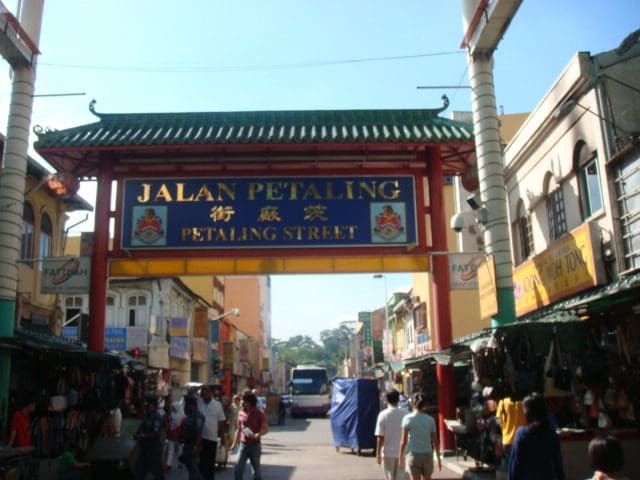
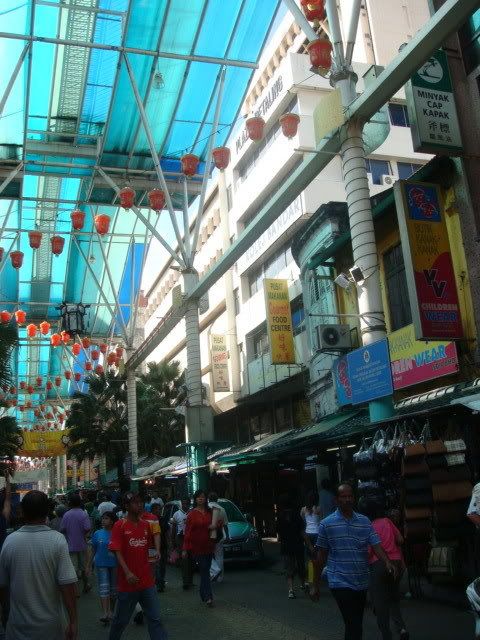


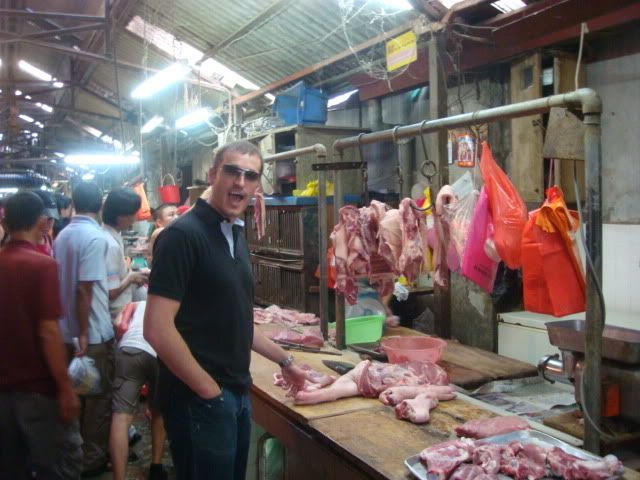
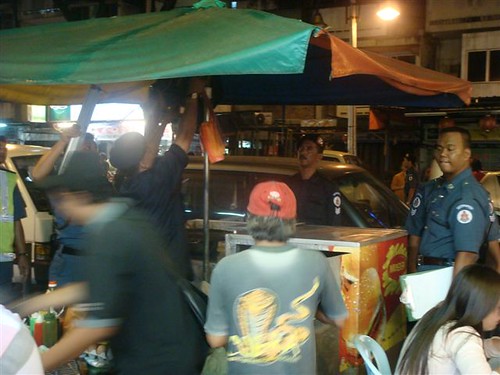
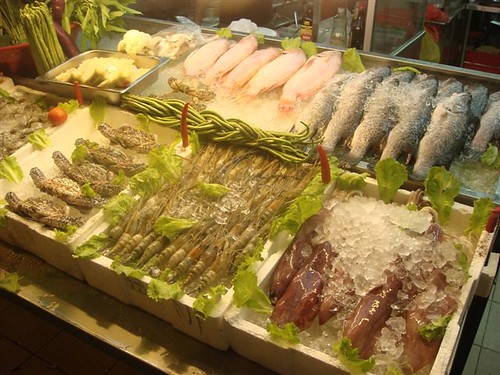
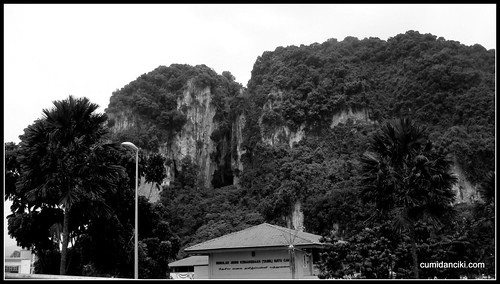
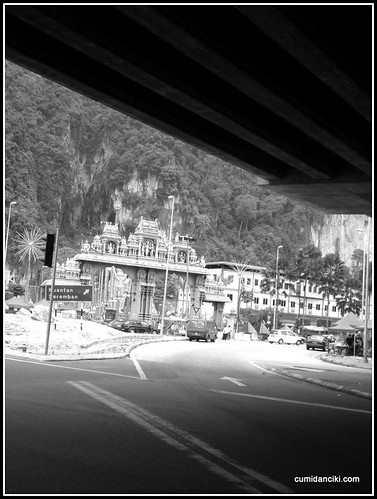
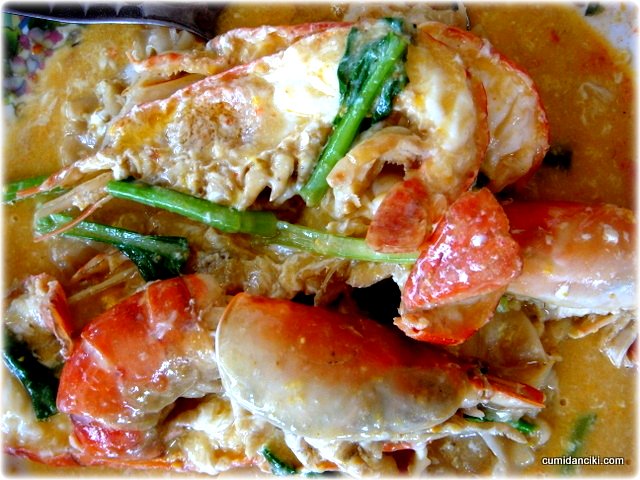





Great read! Now I know what to do when I visit Malaysia… there are so many choices 🙂
Awesome post. I hope to check off some of these items someday when I visit the country.
My visits to KL have been brief. I did over night in Chinatown and spent an afternoon at the Petrona Towers. I definitely want to go back and see more. Can’t beat the food in Malaysia. I’ve eaten some great meals.
What a great list! I’m going to use this post as my guide for Malaysia when I get there sometime next year! And the food? YUM! Thanks so much for a great post!
Ted, Leslie.. didn’t I say you guy’s would be taken on a 1st class tour once you get here.. if you ever get here.. LOL. KL is lonely without yoU!!!
Nancie: I totally agree. Looks like you did not get to spend enough time but at least you managed to do 2 out of 10!
Connie: If you are in town next year, give us a shout! cumidanciki at gmail dot com;) Cheers!
Yello,my husband andI intends to visit malaysia in february 2013. Is this the right time to visit in terms of weather?
Would you please recommend a place to stay any where near the beach?
Your write up really made us interested in your country.
Hoping to hear from you.
Regards,
Sindi
Hi Sindi, Yes, February can be quite rainy on the east of the peninsula, but not so bad other places in Malaysia. We can definitely make hotel recommendations and will contact you about your plans. Thanks for your interest! Best – Beverly
Great article and tips. Just planning my RTW trip now an this is a great help. Thanks
Your “10 Favorite Things To Do In Malaysia” is enjoyable to read. Based on you own experience, I can almost imagine myself being there. The local foods you introduced look appetising. Thanks a lot.
For things to do in the cities of Kuala Lumpur, Kota Kinabalu and Penang, you can see to our travel guide. We focus on local foods, things to do, and places to shop at these locations.
Things to Do in Malaysia | Malaysia Destinations | EatPlayShop.MY
Nice website – thanks for sharing 🙂 – Beverly
Hi, i will go to malaysia this august for a business trip,
i will have 1 free day to tour around. whats the best thing or activity to do there.
probably near selangor darul ehsan (microcorp technology Sdn. Bhd?)
Hi Royban – Depends on what kind of activity you want. The most popular beaches are Bagan Lalang, Sepang Gold Coast, Batu Laut Beach and Morib Beach. Or for cooler climates, hit the Highlands. Cameron Highlands (about 2 hours away) has nice hiking trails and waterfalls. Genting Highlands (about 1 hour away) has golf and gambling. There’s I-City in Shah Alam with lots of shopping, millions of LED lights and a snowalk indoor park. Or KL is less than an hour away, so you could easily spend the day in the big city, too. Have fun! – Beverly